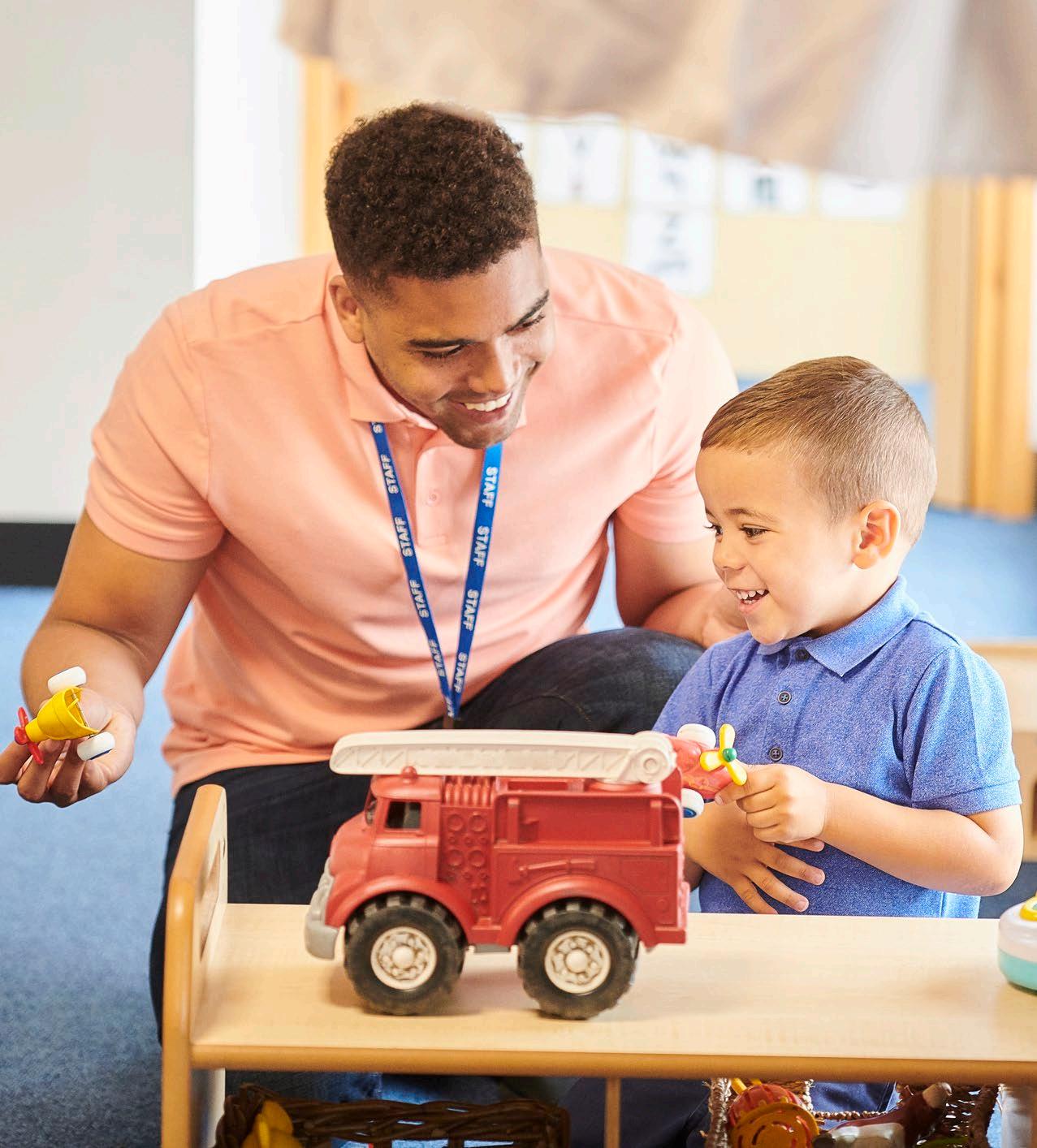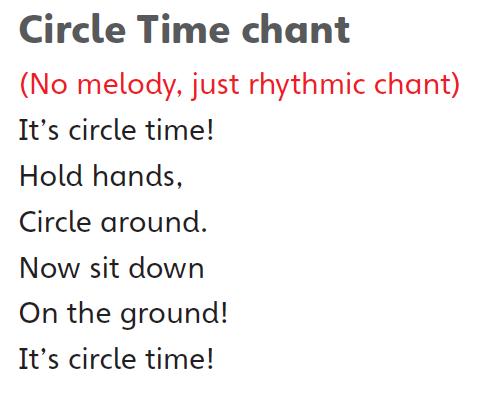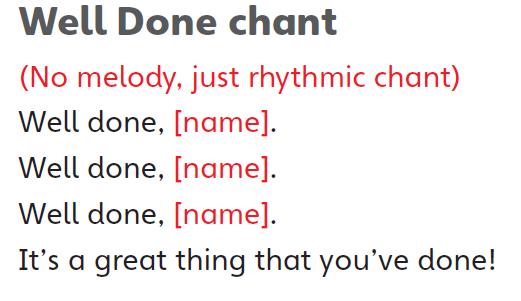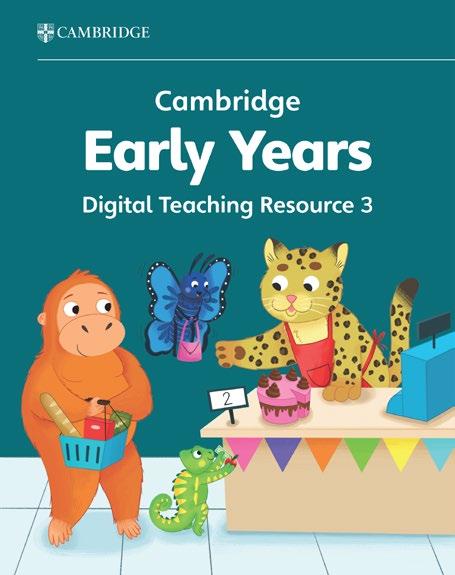
Supporting


Supporting
Claire Medwell
9th April 2024


Content
• The importance of language for young children
• Celebrating cultural diversity and home languages
• The home-school connection
• The early years child
• Top tips and strategies
• Practical ideas for the classroom


‘Language is the most powerful tool in the development of any human being. It is undeniably the greatest asset we possess. A good grasp of language is synonymous with a sound ability to think. In other words language and thought are inseparable.’Vygotsky, L 1986, Thought and Language, Cambridge, MIT Press, MA,USA

Learning languages in early years has cognitive, as well as cultural, advantages. It has been associated with enhanced awareness of linguistic structures, improved listening, problem-solving and critical-thinking skills, as well as improved memory, concentration and the ability to multi-task (see Cambridge Principles Into Practice Language Guide).
Learning a second or additional language helps children lay foundation for cultural awareness and understanding, which can broaden their perception of the world. Learners enjoy discovering how children from other countries and cultures live. Identifying similarities and differences in their lifestyles puts learners at the centre of their learning, making it personal and motivating.

• How can we show appreciation of home languages?
• Why are home languages important in supporting children as they learn another language?



Celebrate diversity and home languages
• Allow children to speak in home language during socio-dramatic play.
• Show interest in their home language, highlight any comparisons in sounds or words e.g. cognates such as: animal in English and Spanish.
• Learn some simple functional words in their home languages.
• Encourage children to engage in chat during imaginary play with class mascots/puppets.
• Invite parents/carers to sing a traditional rhyme or song from their culture.
• Include dual language books in the reading area.




Nurture the home-school connection
• Establish meaningful dialogues with parents.
• Share information about the curriculum.
• Share information about the classroom setting, routines, songs, music and stories.
• Start a class puppet’s travels scrapbook or digital book.
• Share videos via the school platform of children engaging in socio-dramatic play.
• Invite parents to class to read stories or to sing songs.
• Stay connected throughout the year
• Parental involvement is key to a child’s success at school




• The ‘silent’ period (acquiring sounds and processing).
• Children are good at copying.
• Children tend to be very observant at this stage.
• They can learn more than one language with ease (if provided with good language models and lots of exposure).
• Comprehension will always exceed ability to communicate at this stage.


If they like it repeat it, time and time again!

• Speak clearly.
• Listen attentively and be sensitive to what children say.
• Use actions and gestures to convey meaning.
• Create a visually–rich environment.
• Link children’s experiences to their interests.
• Keep provision areas and resources consistent and add to when necessary to enrich learning.


• Create a language-rich environment. Provide a range of play-based activities for learning opportunities.
• Set up role play activities (for questions and simple dialogues).
• Go on a nature walk (descriptive language).
• Construction area (positional language).
• Set up routines/chants for transition to different activities. Use simple chunks of functional language.







• Finger rhymes can be done with or without music and involve simple, repetitive movements that are easy for young children to learn and remember.
• Use props provided by your course or help children to craft them themselves.
• Encourage children to re-enact them in small groups during free play.


• Stories provide different contexts for new language.
• Stories use words children might otherwise not hear on a daily basis.
• Select age-appropriate, visually-rich stories with repetitive chunks of language.
• Find some dual language books e.g. Dear Zoo by Rod Campbell or The Hungry Caterpillar by Eric Carle which are often available in other languages and make them available in the reading area for children to revisit at their leisure.
















• If you’re looking for early years professional development, scan the QR code and explore our calendar.
• Our next 'Getting to know Cambridge Early Years' webinar will take place on the 15th May.
• We also offer ‘Preparing to teach’ PD focussing on our resources here.



School support hub













Thank you!
Learn more about Cambridge Early Years today:

www.cambridgeinternational.org/earlyyears
cambridge.org/internationaleducation


© Cambridge University Press & Assessment 2023
